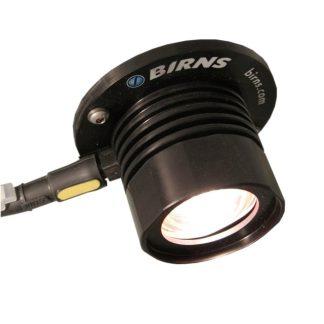-
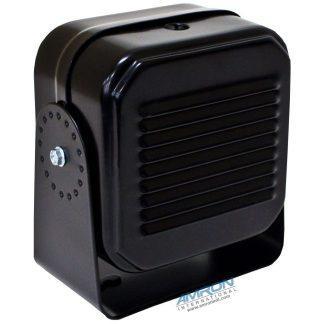
Amron 2300: Chamber Speaker
Commercial Diving & Life Support Equipment -
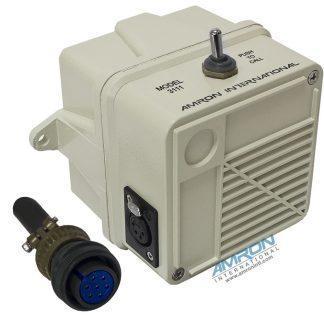
Amron 3111: Chamber Speaker
Commercial Diving & Life Support Equipment -
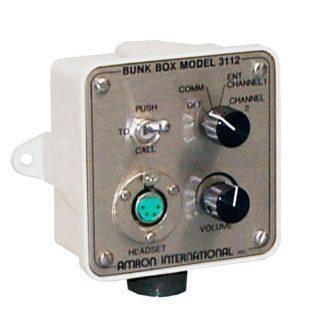
Amron 3112: Bunk Box with Entertainment
Commercial Diving & Life Support Equipment -
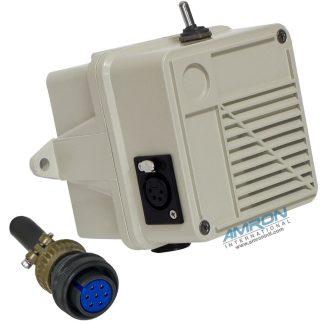
Amron 3115: Chamber Speaker
Commercial Diving & Life Support Equipment -
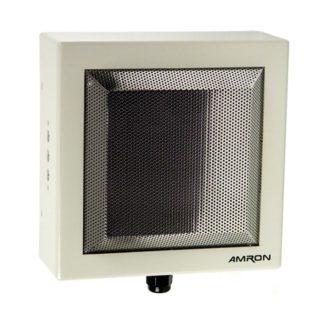
Amron 3130: Bunk Box
Commercial Diving & Life Support Equipment -
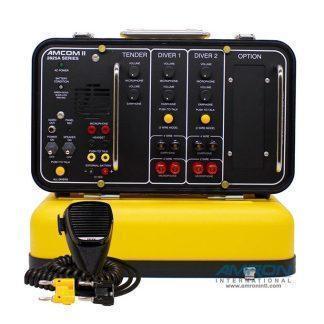
Amron AMCOM™ II: Two-Diver Rechargeable Basic Portable Communicator
Commercial Diving & Life Support Equipment -

Amron AMCOM™ III 2825A-11: Two-Diver Rechargeable Portable Communicator
Commercial Diving & Life Support Equipment -
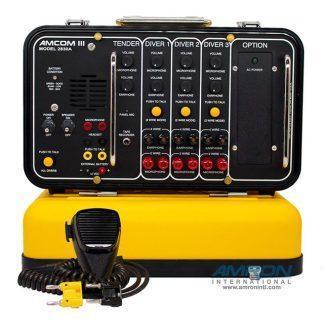
Amron AMCOM™ III 2830A-11: Three-Diver Rechargeable Portable Communicator
Commercial Diving & Life Support Equipment -
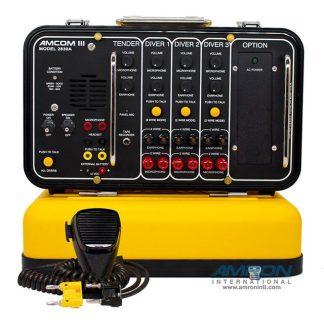
Amron AMCOM™ III 2830A-12: Three-Diver Portable DSP3 Helium Speech Unscrambler
Commercial Diving & Life Support Equipment -
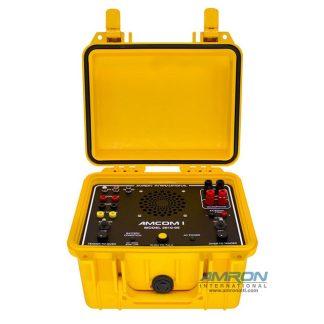
Amron AMCOM™: One Diver Communicator with Rechargeable Battery
Commercial Diving & Life Support Equipment -
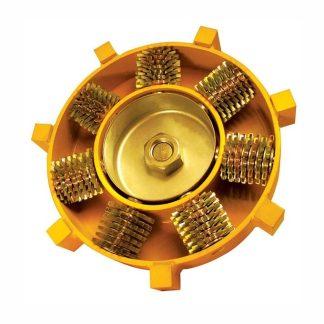
AMRON SOC Series: Barnacle Off Tool
Commercial Diving & Life Support Equipment
Showing 1–12 of 239 results
Diving Equipment: Ensuring Safety with Advanced Life Support Systems
Diving is one of the most exhilarating activities, opening up a world beneath the waves that few get to experience. To enjoy this adventure safely, divers rely on a range of diving equipment, particularly life support systems that ensure their safety and comfort underwater. In this guide, we will delve into the best diving life support equipment, along with essential tools like underwater breathing apparatus, scuba gear, and diving safety gear, to help you make informed choices for your underwater explorations.
Overview of Diving Life Support Systems
At the heart of every successful dive lies the diving life support equipment. This specialized gear is designed to provide essential functions such as underwater oxygen supply, pressure regulation, and temperature control. Whether you’re a recreational diver or involved in commercial use, understanding how these systems work is crucial. They not only enhance your diving experience but also ensure your safety through reliable air supply and buoyancy control.
Types of Diving Life Support Systems
There are various types of diving life support systems tailored to different diving environments and needs:
- Open-Circuit Systems: Commonly used by recreational divers, these systems expel exhaled air into the water.
- Closed-Circuit Systems: Ideal for deep-sea exploration, these systems recycle exhaled gases, offering longer dive durations.
- Surface-Supplied Diving: Used in commercial diving, this system supplies air directly from the surface, ensuring a continuous oxygen supply.
- Mixed Gas Diving Systems: Utilized for deep dives, these systems combine various gases to mitigate the risks of nitrogen narcosis and oxygen toxicity.
Key Features & Technology
When selecting the best life support equipment for diving, consider features such as:
- Regulator Systems: These control the flow of air from the tank to the diver, ensuring a consistent supply.
- Buoyancy Control Devices: Essential for maintaining proper buoyancy, allowing divers to ascend or descend safely.
- Emergency Diving Equipment: This includes items like dive knives and signaling devices, critical for unexpected situations.
Maintenance & Reliability
Regular maintenance of diving life support systems is essential for ensuring reliability. Here are best practices for upkeep:
- Routine checks on dive tanks and regulator systems to prevent leaks and ensure functionality.
- Proper cleaning and storage of dive suits and equipment to prolong their lifespan.
- Annual professional inspections for critical components like hyperbaric chambers.
Applications of Diving Life Support Equipment
The applications of diving life support equipment range widely:
- Recreational diving for leisure and exploration.
- Commercial diving for underwater construction, maintenance, and repairs.
- Scientific research, including marine biology and geology.
- Deep-sea exploration, utilizing advanced technologies to explore uncharted territories.
Advantages of Modern Diving Life Support Technologies
Advancements in technology have significantly improved diving safety gear. Modern systems are not only more efficient but also cost-effective. Innovations such as:
- Smart regulators that adjust air flow based on depth.
- Portable life support equipment for divers, allowing for greater flexibility.
- Advanced monitoring systems for real-time data on air consumption and depth.
Comparison Guide
| Type of System | Best For | Key Features
|
|---|---|---|
| Open-Circuit | Recreational Divers | Simple operation, affordable |
| Closed-Circuit | Deep-Sea Exploration | Gas recycling, longer dives |
| Surface-Supplied | Commercial Use | Continuous air supply, high reliability |
| Mixed Gas | Technical Diving | Targeted gas mixtures, specialized training required |
Why Choose Us for Your Diving Equipment Needs
At Unique Group, we pride ourselves on our expertise in diving life support equipment. Our product range is designed with the diver’s safety and comfort in mind, incorporating the latest innovations in diving technology. We are committed to providing reliable solutions that enhance your underwater experience while ensuring compliance with diving safety protocols.
Final Thoughts
Choosing the right diving equipment is crucial for any diver, whether you are a beginner or an experienced professional. Investing in quality life support systems, underwater breathing apparatus, scuba gear, and diving safety gear ensures not only your safety but also enhances your overall diving experience. Remember, the ocean is a vast and unpredictable environment—equip yourself with the best to explore it safely.
Frequently Asked Questions
What equipment is needed for diving?
For diving, essential equipment includes a diving mask, snorkel, fins, and a scuba tank with a regulator to breathe underwater. Additionally, a buoyancy control device (BCD) helps manage underwater navigation, and a dive computer monitors depth and time to ensure safety. Wetsuits or drysuits are also necessary for thermal protection depending on the water temperature.
